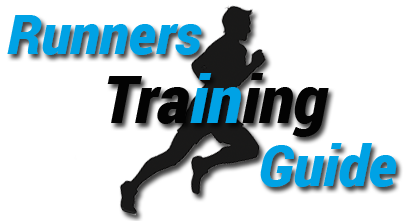How to Pace

Many runners know how to calculate an overall pace after a race, but most dont know how to calculate a manageable pace before the race.
What I mean is that often at the start of the race, people either start to slow or too fast, causing either a quick buildup of lactic acid or a back of the pack start that is too tough to overcome.
I cant tell you how many times Ive started a race and watched as much of my competition sprints out the gate thinking they have it made,
Only to see me triumphantly pass them near the 3-4 mile mark with a giant grin on my face.
The Strategy
There is a strategy that if used properly can help you not only save your best for the end of the race, but also to really manage a race so that you are at your peak effectiveness. There is no special name for it, but you will often find that top runners use some variation of this strategy in their efforts to dominate the race scene. Every race, I usually see a lot of the same people and the ones that continue to win are the ones that use this strategy. So, in an effort to share what Ive learned in my racing journey, I am going to let you in on the big “secret” of managing your pace to win. Keeping Time The first key is to keep an accurate measure of your training times and distances so you can get an idea of your maximum and average output. It really helps if you have a few races under your belt so you know what your PRs are and have an idea of what race pace feels like, but if you do not, it is not that big of a deal.
Race Pace
Im going to use a 10k example because it is one of the most popular race types, but you can use the same strategy for longer races as well. Take your average race/practice distance and time and divide them to calculate your overall pace per mile. For example, lets say you normally run 6 miles in about 48 minutes. That is 8 minutes per mile. Now, lets say you think you can finish a 10k race in about 47 minutes and you want to set a new PR. That leaves you at about 7:33 per mile. Now, the key is to start at a slower than average pace to give you time to get your legs under you and the adrenaline steadied. So, add about 10-15 seconds to your pace, which means you start at say a 7:48/mile pace. I know it seems odd to start slower and finish faster, but the science behind this is that if you start too fast too early it will cause your legs to build up lactic acid which will cause you pain the entire race. If you start slower than normal, you will hit your rhythm with plenty of energy left to go and you will not feel much of the burn till after the race.
Putting It All Together
So, take the first 3 miles at a longer pace than normal, take the next 3 at a normal pace (7:33ish), and then take the last 3 at a quicker pace subtracting the same number you added for the first 3. So essentially you end up with 3 miles @ 7:48, 3 miles @ 7:33, and 3 miles @ 7:18 for a total time of about 47 minutes. I know what you are thinking, “how am I supposed to finish stronger when I am tired?” The answer is that your adrenaline and other biological factors will help you more than you realize. Normally, by the 2/3 marker, the body is numb from pain and hitting a breathing and striding rhythm. You can use this to your advantage to really prove to those “sprinters” that smarts beats quickness every time. This is the strategy that I, my peers, and my competition all use to our advantage. This is really where experience beats youth and where you can make improvements outside of your normal training regime. Make sure you share the news as you pass those that are walking the last mile of the race. They will appreciate it.
